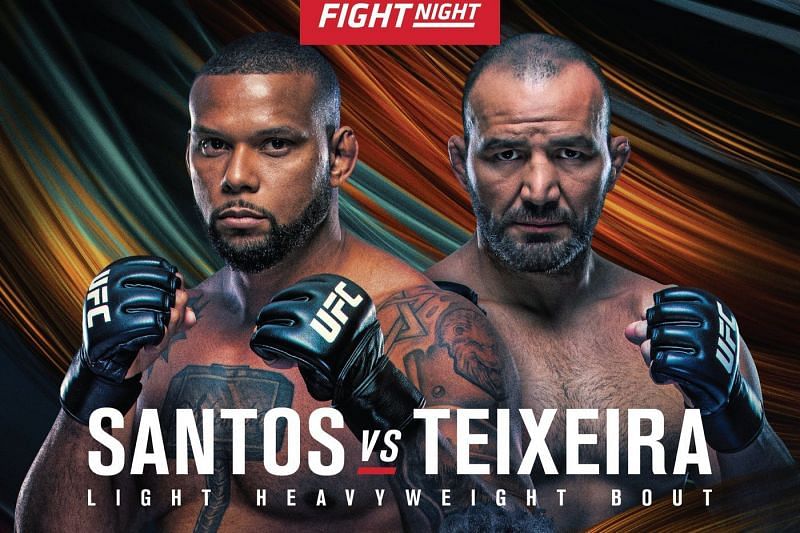Betting Stake
Before you even look at a betting site, you need to have your betting finances in. American Odds are the default odds at American sportsbooks. These odds are based on winning $100 for a given bet. Betting a Favorite: The odds for favorites will have a minus (-) sign, and represent the money you need to risk to win $100. So if you're betting.
There is a strong case to suggest that the amount you bet is actually more important than what you bet on. We reviewed five popular staking methods. Continue reading to discover which is best.

Professional blackjack player and author Ed Thorp was a successful card-counter. Too successful, many would argue, as his ability at the tables of Las Vegas’ biggest casinos lead to the implementation of multiple decks and the start of a war on card-counting.

Method of calculating the appropriate amount of money to place on a bet for consistent profit making as part of a betting strategy.
Despite his expertise as a professional gambler – he published two books on the subject – he attributed the majority of his success to a staking formula created by mathematician John Kelly Jr. “Playing strategy is maybe a third to a quarter … of what you’re going to get out of it. Betting strategy may be two thirds or three quarters”.
Of course, it’s easy to say that a betting strategy is important. But what makes a useful strategy in sports betting? With influence from Alex Bellos’ Alex’s Adventures in Numberland, we mapped the success of five betting strategies over a series of 500 bets:
The above graph shows the profits from 500 simulated bets for five betting systems, with the probability of winning at 55% on a Binary bet. The initial bet for each method was $100 (except for the all-in method, which initially bet $1000). Each system started with a $1000 bank, and the simulation continued for each method until the 500th bet (or until their bank was minimised).
As you can see, one betting system provides far greater returns than the others, while one drops you out pretty quickly.
The five systems are outlined below – which letter do you think each line corresponds to?
Strategy 1: Bet everything, every time
Bet your entire bankroll on each bet. The advantage is that you get big returns, fast. The downside? As soon as you lose, you’re out of money and out of the game.
Strategy 2: Fixed wager
Bet a fixed amount for each bet, and don’t vary no matter how much you win. In this example, it was $100. If your chance of winning 55% on a 2.000 bet, this method means you’ve dramatically reduced your chance of losing your entire stake. Unfortunately, it means your winnings are limited to increase in a “slow and steady” fashion.
Strategy 3: Martingale
Bet double your stake after any failed bet, to cover your losses with the next bet’s winnings. This gives a quicker increase than fixed wagers (as you’re doubling up to cover any losses). If you experience sequential losses, however, the required stakes continue to double, and you’ll very soon be betting large amounts to cover your losses.
Strategy 4: Fibonacci
Increase your stake in a Fibonacci sequence, to your losses with the next bet’s winnings. This method has similar drawbacks to Martingale method in sports betting, but it reduces how quickly the stake increases if you’re on a losing streak (and therefore also reduces the rate at which you win).
Strategy 5: Proportional betting
Bet a fraction of your bankroll in proportion to your edge. In this simulation, we used the Kelly Criterion formula for proportional sports betting. With this method, your bet should be your edge divided by the odds. In this example, as the edge is 10% and the odds are evens, 10 / 1 is 10.
Therefore 10% of the $1000 wallet should be bet: $100. Should that bet be successful, the next bet would increase to $110, 10% of the new $1100 wallet. This means winnings increase quicker than in the fixed-wager system, and losses slow down.
Which strategy is best?
The correct answer is:

A. Bet everything
B. Martingale
C. Fixed wager
D. Proportional Betting
E. Fibonacci
As you can tell from the descriptions above, proportional betting appears to have a natural advantage over the others systems. Imagine you’re down to your last $100 – you’d be betting $10, (and decreasing), keeping you in the game for much longer than a fixed-bet system, where your last $100 would be your last bet.
Bet everything brings in big gains after the first bet, earning as much in one risk than the others do in the first seven. The light that burns seven-times as bright burns a thousandth as long, however, the “bet everything” sports betting strategy is eliminated on just the second round.
The chance of making it through 1,000 rounds at 55% is infinitesimally small as to be practically impossible (although you would have earned $67 billion by round 27).
The simulation shows that different staking techniques have vastly different outcomes, even if the variables stay the same.
Fibonacci and Martingale – progressive sports betting systems – also start strongly, but any big sequence of losses ramp up the required stake.
In our simulation, at round 83 (R83), we lost 11 times in a row. These defeats totally wiped out both Fibonacci and Martingale’s stakes, and at the end of this 11-in-a-row streak the hypothetical Martingale bettor had to bet $403,000 dollars to recuperate his losses. That’s a huge amount, considering his maximum purse was just $6,300. For Fibonacci, the maximum bet was $33,500, with his purse reaching its zenith at $4,100 before the wipeout.
The only system other than proportional betting to avoid losses was fixed betting, which accrued slow but steady increments. By R83, fixed betting had increased its purse to $3,400, and afterwards it had only dropped to $2,300. It wasn’t out, but there was not a lot to show for 95 bets.
The 11-bet losing streak also hit proportional betting pretty hard, reducing its winnings from $7,359 to $2,286 – lower than that of fixed betting. This shows how well fixed betting protects your winnings. However, by bet 500, fixed betting had only brought in $6,400, while proportional betting had earned $18,275.
Bettors should note that this is based on a huge assumption that the edge is in your favour, without it the results for all staking strategies would change dramatically.
Backing your staking technique

The above simulation shows that different staking techniques have vastly different outcomes, even if the other variables stay the same. The difference between being wiped out and finishing with $18,275 after 500 bets was simply choosing a suitable staking system.
It’s important however, to remember that there is no “ideal” system. Although the Kelly Criterion system worked in the example above, there may be more developed systems for different types of bets. It’s important to discover which staking style is suitable to your sports betting, typically through research and simulation.
It’s also important to remember that the Kelly Criterion system only works if you know your edge, which you use to calculate your stake. If your calculation of your edge is incorrect, you’re still going to have difficulties whatever you do. Read through the rest of our Betting Resources archive to help sharpen your understanding of betting formulas and strategies.
Betting Stake Calculator
Keep up-top-date with more in-depth betting articles by following us on Twitter!